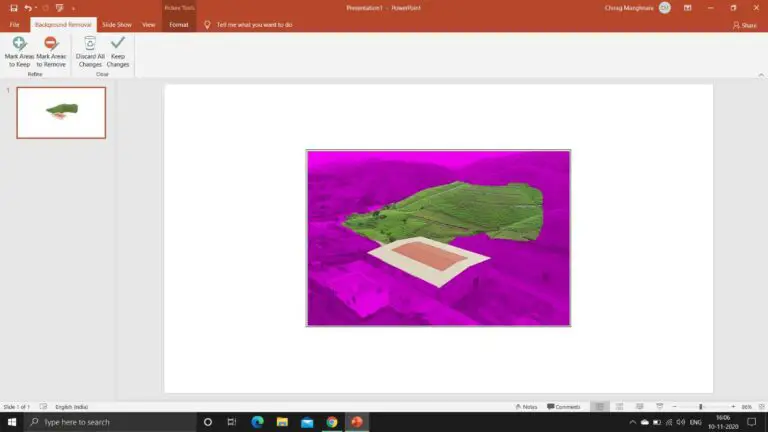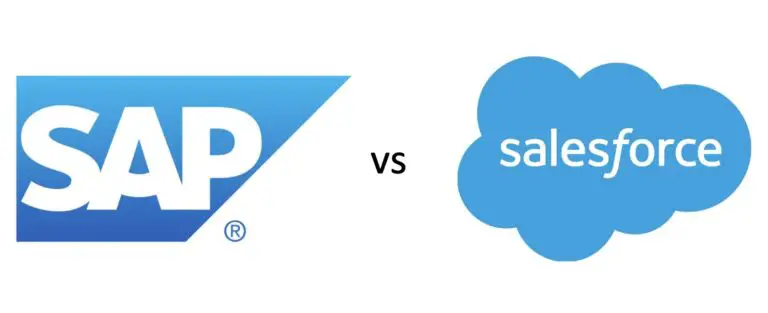DOS vs Windows – Difference between DOS and Windows
DOS (Disk Operating System) and Windows are the operating systems of computer machines. The only difference between DOS and Windows is that DOS was previously used that works in a way by providing command line/text-based interface than Windows is more focused on graphical Interface.
DOS was developed and mostly used by IBM PCs in the late ’80s and ’90s. The DOS had a command-line interface which accepts commands by the users and then takes actions. On the other hand, Windows is developed and provided by Microsoft Corporation and currently used as an operating system in modern PCs with a graphical and intuitive interface.
The Operating System is the software (heart) of a computer system that controls the hardware as well as peripheral (input & output) devices. It acts as an interface between the user and the hardware. Also, the operating system was built to perform various tasks such as file and memory allocation & deallocation, processing inputs and outputs, task scheduling, process management, etc. Both DOS and Windows are operating systems with a different interface but common uses.
Points Covered
- DOS
- Windows
- Key Differences between DOS and Windows
Disk Operating System

Disk Operating System is a type of OS that works on the hard disk drive and provides a command-line interface to perform operations like file handling and organizing, reading and writing the file into memory disk. It does not provide a graphical user interface and was used in earlier times from 1981 to 1995. DEL, EXIT, INSERT, ERASE are some of the common commands used in DOS.
In DOS, the user has to type the commands in the command-line then it takes actions accordingly and performs the following task. Also, it involves two types of DOS commands:
Internal Commands – These are those commands that are mostly used by the user for daily routine work. These commands automatically get loaded in the memory when the computer is turned on. COMMAND.com is a file that stores all the internal commands. Examples of internal commands are CLS for clearing screen, EXIT for exiting command line, and TYPE for displaying the content of any text.
External Commands – These are those commands that are not automatically loaded into the memory instead they are loaded only when they are required. Also, these commands are not commonly used by users. An example of the external command is SYS that is used to create a bootable file.
Windows Operating System

Windows is an operating system that works on GUI (Graphical User Interface) which allows users to view file and folders in Windows. Also, it is the most widely used operating system from the last two decades and has completely replaced DOS for its user-friendly interface and interactive GUI. The Windows OS was developed by Microsoft Corporation and its first version was introduced in 1985 and now is the most widely used operating system on PCs.
Moreover, Windows offers multiple features to its users for file handling, file management and task scheduling. With Windows, users can easily create file and folders, delete unwanted files, store duplicate copies directly, etc. Other than DOS, Windows can also be customized according to the user’s choice and preferences. The desktop’s appearance can be customized, themes can be changed, colour and fonts can also be changed very easily.
Furthermore, Windows also provides access to many useful applications like MS Word, MS PowerPoint, and MS Excel for managing documents, creating powerful presentations, and performing calculations. Overall, Windows is much intuitive and easy-to-use operating system than DOS.
Difference between DOS and Windows
Although DOS and Windows both are operating systems there are many differences which will help you understand the evolution of operating systems. Below enlisted are the key differences between DOS and Windows to read on.
| Basis | DOS | Windows |
| Definition | Disk Operating System runs on disk storage devices such as hard disk drive or floppy disk for executing commands | Windows Operating System runs on GUI for providing more interactive, intuitive, and user-friendly interface |
| Interface | Command-line or text-based interface | GUI (Graphical User Interface) |
| Usage | DOS was most popular in the late ’90s and ’80s and are not widely used nowadays | Windows is the most widely used operating systems nowadays |
| User Friendliness | DOS provides command-line and non-intuitive interface for users and they must know all the commands | Windows is very intuitive and user-friendly to use for beginners too. |
| Versions | DOS has versions including MS-DOS, FreeDOS, ROM-DOS, OpenDOS, Novell DOS, etc. | Windows provides versions including Windows 95, XP, Vista, Windows 7, 8, 10, etc. |
| Memory Requirement | DOS can run on a few megabytes memory | Windows need gigabytes of memory to run. |
| Pricing | DOS is completely free to use. | Windows needs to purchased with license and is expensive to use |
| Input devices | Text entered in command-line is the input | Mouse and Keyboard are used as input devices |
| Multitasking | DOS is not multitasking | Windows is multitasking and can perform various operations simultaneously |
| Complexity | DOS is more complex as a user need to type the exact command line | Windows is less complex and easy to use |
| Multimedia | DOS does not support multimedia | Windows support multimedia files |
| Drivers | DOS does not involve any drives making it more complex to use | Windows uses drivers which makes it easier to use |
Conclusion
DOS is an operating system that uses the disk-like hard drive or floppy disk to perform operations and provides a text-based or command-line interface for users. DOS is more complex to use than Windows and users need to remember all the commands before operating it.
On the other hand, Windows provides GUI and enables users to perform multi-tasking simultaneously. Windows is expensive but most widely used operating system worldwide. DOS comes from another family and Windows from other. DOS was previously used and Windows is the current trend in the latest PCs and laptops.






